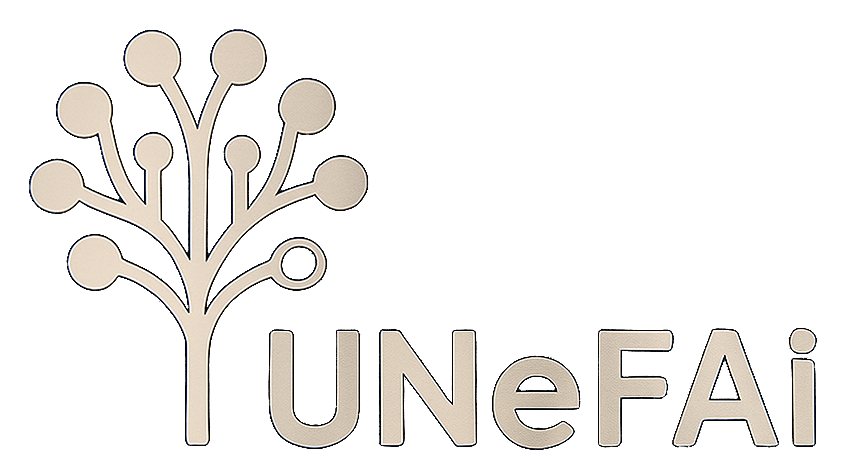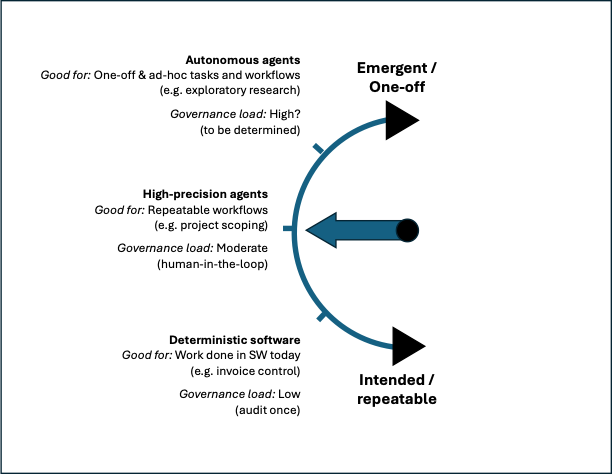Agents at Work
Preface
Every decade or so, technology rewrites the rules of economic gravity. Forces that pull money, attention, and power toward certain businesses or behaviors suddenly point in a new direction.
When the internet went mainstream, content distribution costs collapsed. Economic gravity was redirected toward companies that could monetize massive audiences at scale (Google, Facebook) and away from those built on physical distribution (newspapers, record stores). When the smartphone arrived, entire categories of behavior—ordering food, hailing rides, sharing photos—migrated to apps in people’s pockets. Businesses that optimized for “thumb-first” interactions (Instagram, Uber) gained the gravitational pull.
AI agents are the next rewrite—small bits of software that reason, remember, and act on our behalf. Organizations that embed agents will see cognitive grunt work evaporate, and significant cost savings and quality gains unlocked. Those that wait will be stuck with the productivity of the pre-agent world and quickly lose their market positions.
At UNeFAi we are particularly bullish on high-precision AI agents that offload collaborative enterprise workflows. We want to share why we believe they fit the moment perfectly now, and why we think such AI agents also have an important role to play in the future.
What an AI agent really is
Strip away the hype: an AI agent is a piece of software that harnesses the power of tooled up Large Language Models (LLMs)– such as ChatGPT, Claude or Gemini – to perform cognitive work on behalf of a user, a team or an organization.
Think of it as automating cognitive production lines. These agents can be made as deterministic as needed to offload the cognitive grunt work of a bank auditor or as open ended as needed to augment the inspired work of an exploratory researcher.
The LLMs used to power these agents keeps getting 200% better every year[i] while cost of output (inference) keeps falling. Software economics rarely hand out gifts this generous.
Proof that the AI agents are already having an impact
Deloitte rolled out MyAssist to 13 000 consultants last year and reported task-time cuts of up to 50%[ii].
Norges Bank Investment Management attributes a 15% productivity lift to AI today and targets another 20 in both 2025 and 2026[iii].
In a recent UNeFAi pilot, we found that a well-tuned portfolio of agents can easily offload around 50% of overall work at very attractive ROIs.
If your competitor automates half of its cognitive grunt work while you’re still staffing it, the delta compounds. That is not a tomorrow problem; it will soon set the tone in your board meetings and earnings calls.
Four examples of things agents already do outrageously well
And what changes in practice:
Information digestion: A morning of reading compresses into a minute of highlights with citations attached.
First-draft creation: Reports, test scripts, project plans, pitch decks—80% done in one shot, humans finish the last 20%.
Data hygiene: Duplicates flagged, outliers questioned, missing fields filled before they are ingested by systems of record.
Code assist: Boilerplate rewritten, integration prototypes shipped overnight, senior engineers design instead of debug.
These aren’t demos—they’re tickets raised, resolved, and closed right now.
The autonomy dial
We like to think of AI agent autonomy as a dial, not a switch:
Building deterministic software and high-precision AI agents require more upfront investments. Autonomous agents will, when the technology becomes available, require tighter governance and consume more inference (higher OPEX).
The correct move is obvious: start with deterministic software and high-precision AI agents where ROI on the upfront investment easily justifies it; then fill in the gaps with autonomous agents as the technology becomes reliable.
Supporting collaborative workflows, not only lone geniuses
Most use-cases today are based on chat-bots or “copilots supporting individual users.” Useful, but most mission-critical work is collaborative. Embed an agent at the center of a collaborative workflow and both effort needed and time to completion is dramatically reduced:
In IT operations — ServiceNow’s Now Assist for ITSM stitches logs and chats into a single timeline and drafts the final resolution note. MTTR drops because every engineer arrives with full context[iv].
Project planning — We are developing a Project Planning Agent that helps client’s Sales, Project Managers and Resource Owners collaboratively plan complex engineering projects end-to-end. The agent is expected to deliver an 11% productivity lift across the teams involved, substantially shorten planning timelines and drive better outcomes for the end customers.
Collaboration is where the next tranche of value sits, and it’s still under-explored.
How this fits in the race to AGI
OpenAI, Google, Anthropic—pick your favorite AI-lab—are sprinting toward fully autonomous agents. We look forward to putting the technology to good use. But high-precision collaborative agents deliver value with today’s models, under today’s regulatory regimes, inside today’s audit logs.
We believe they will deliver value also moving forward. Think of them as power steering: you’ll upgrade the engine regularly, but steering will be needed to get you around corners safely also in the future.
Our forecast (fairly confident we are directionally right, may be wrong on the timing):
As we approach 2030 we expect enterprises will continue to employ the full spectrum of agents. Model horsepower will become a commodity; much of your organizational DNA (and sustainable competitive advantage) will reside in your portfolio of high-precision collaborative workflow agents.
Closing thought
Technological shifts typically look expensive and risky right before they become obvious. Internet and mobile — both carried upfront cost and cultural skepticism. AI agents are hitting that same curve, except the cost decline is even steeper and the compounding faster.
Running a mission-critical workflow without a high-precision collaborative agent will soon feel like shipping contracts by fax.
--
[i] https://www.livescience.com/technology/artificial-intelligence/ai-can-handle-tasks-twice-as-complex-every-few-months-what-does-this-exponential-growth-mean-for-how-we-use-it?
[iii] https://www.finansavisen.no/teknologi/2025/05/27/8267155/tangen-om-ai-du-far-ikke-jobb-uten?zephr_sso_ott=I2DgFE
[iv] https://www.servicenow.com/community/now-assist-articles/now-assist-for-itsm-handling-customization-scenarios-for/ta-p/2947333?utm_source=chatgpt.com


